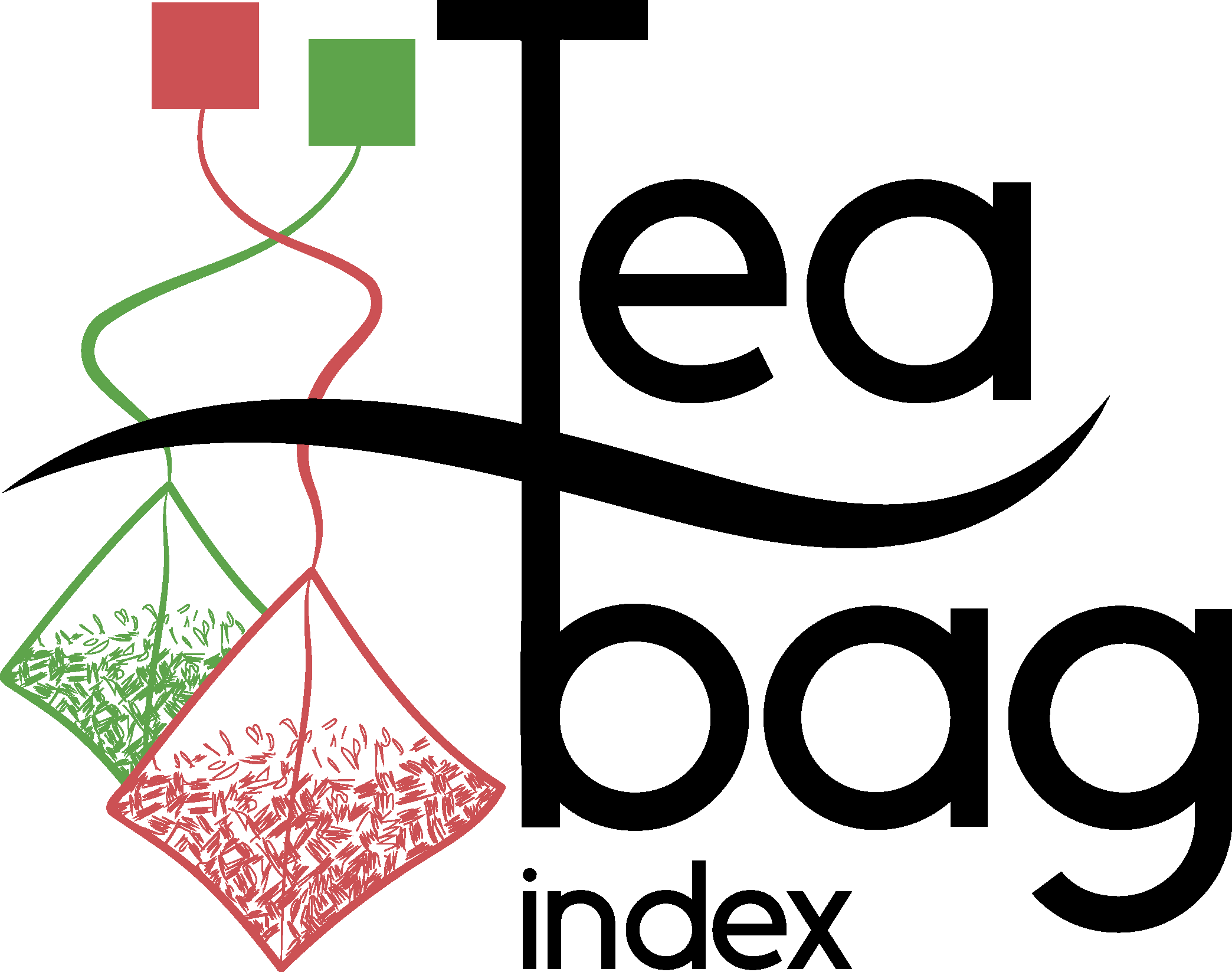Compare your results
On this page you can see how fast your green tea and rooibos tea decomposed and stabilized while in the ground. You can insert your own k- and S-values (copy and paste from the map) and view the decomposition curve of your tea.
COPY, PASTE, COMPARE
Play around with different k- and S-values and see how it influences the loss of tea weight over time. Green tea contains more easy to break down material than Rooibos tea which leads to a faster drop in weight.
You can also copy and paste any other k- and S-values from the map, and compare decomposition at different locations, biomes and times.
ENTER TBI-VALUES
Is my S-value high or low?
Is my k-value high or low?
WHAT ARE THE TBI VALUES?
During the first 90 days only easy to break down organic material (like sugars in a leaf) is decomposed. During this period, more “stable” organic material (such as lignin in wood) stays intact.
The TBI values (k and S) describe the decay of the easy to break down material, sometimes called the “labile material”. The initial mass loss rate “k” describes how fast the tea weight is reduced. A higher k value means that the tea has been decomposed faster.
The stabilization factor, or S-value, shows roughly how much of the easily degradable material that has not been decomposed. This “stabilized” material consists of undigested material, leftovers from microbial digestion and dead microbes. A higher S-value means that more material is left which is (not yet) decomposed.
